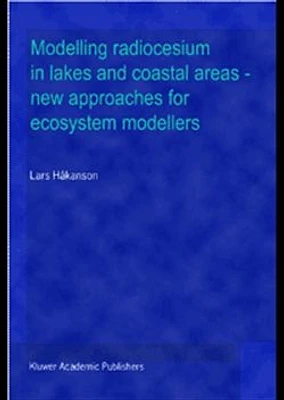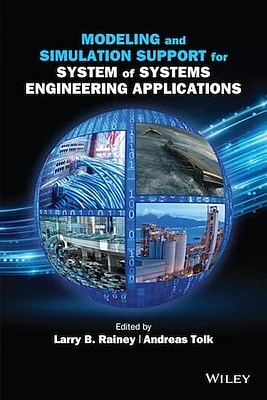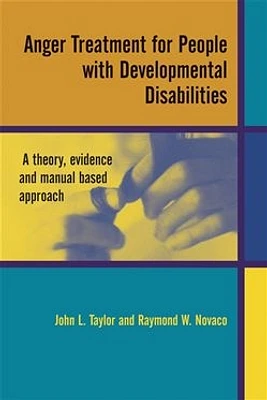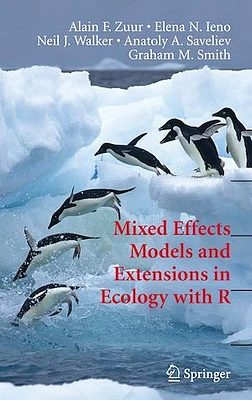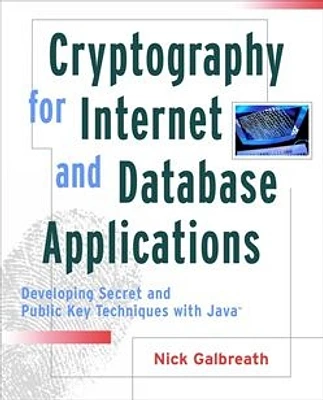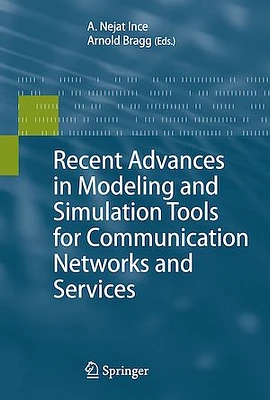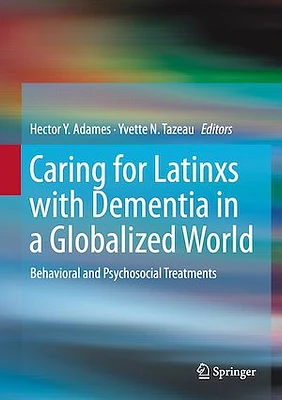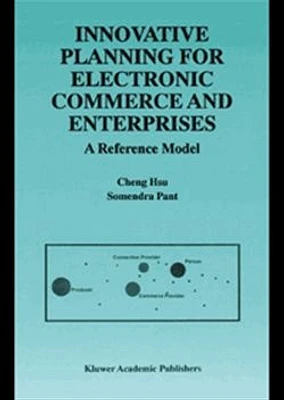Accueil
Modelling Radiocesium in Lakes and Coastal Areas?New Approaches for Ecosystem Modellers, A Textbook with Internet Support
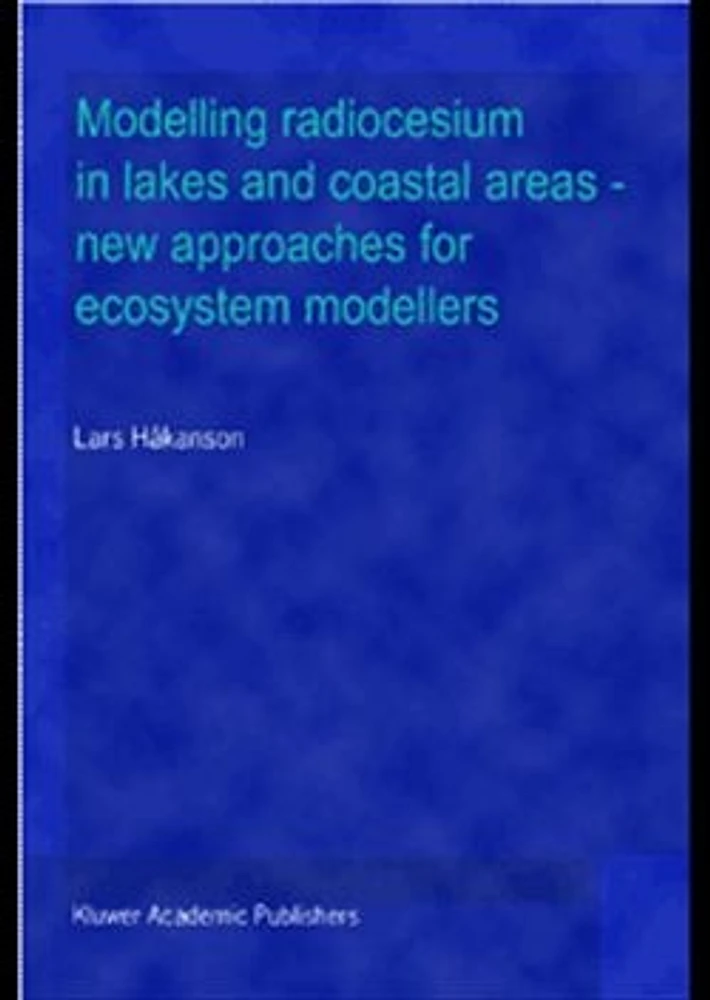
LIBRAIRIE CARCAJOU
Modelling Radiocesium in Lakes and Coastal Areas?New Approaches for Ecosystem Modellers, A Textbook with Internet Support
De Librairie Carcajou
This text describes practically useful models driven by readily available driving variables and with a general structure that applies to most types of pollutants in aquatic systems. The major reason for development of this model is the Chernobyl accident. Large quantities of radiocesium were released in April/May 1986 as a pulse. To follow the pulse of radiocesium through ecosystem pathways has meant that important fluxes and mechanisms, such as ecosystem structures, have been revealed. It is important to stress that many of these new structures and equations are valid not just for radiocesium, but for most types of contaminants, metals, nutrients and organics. This means that the models, methods (of building and testing models) and equations described in this book for lakes and coastal areas should be of interest also to other ecosystem modellers.



